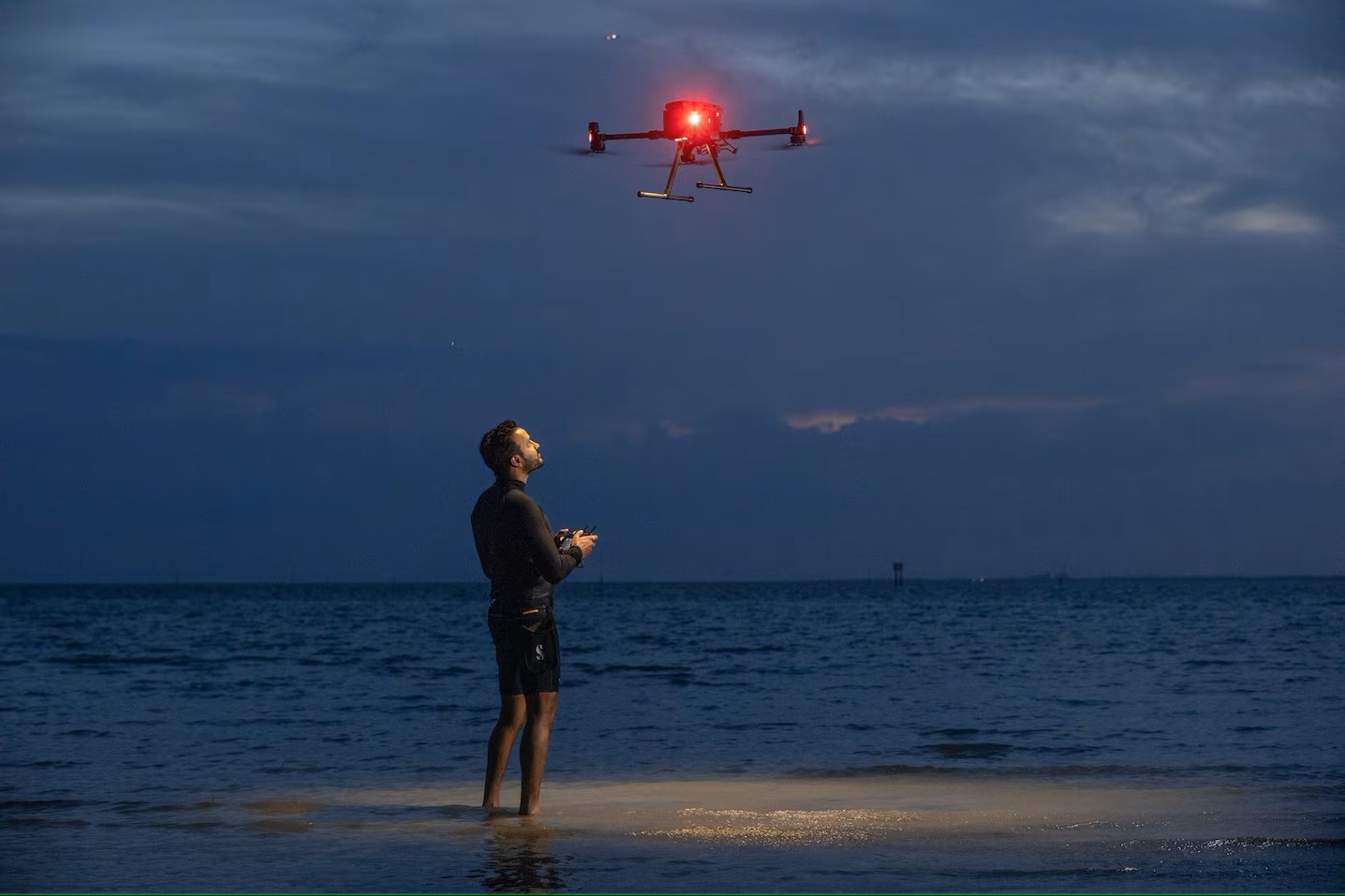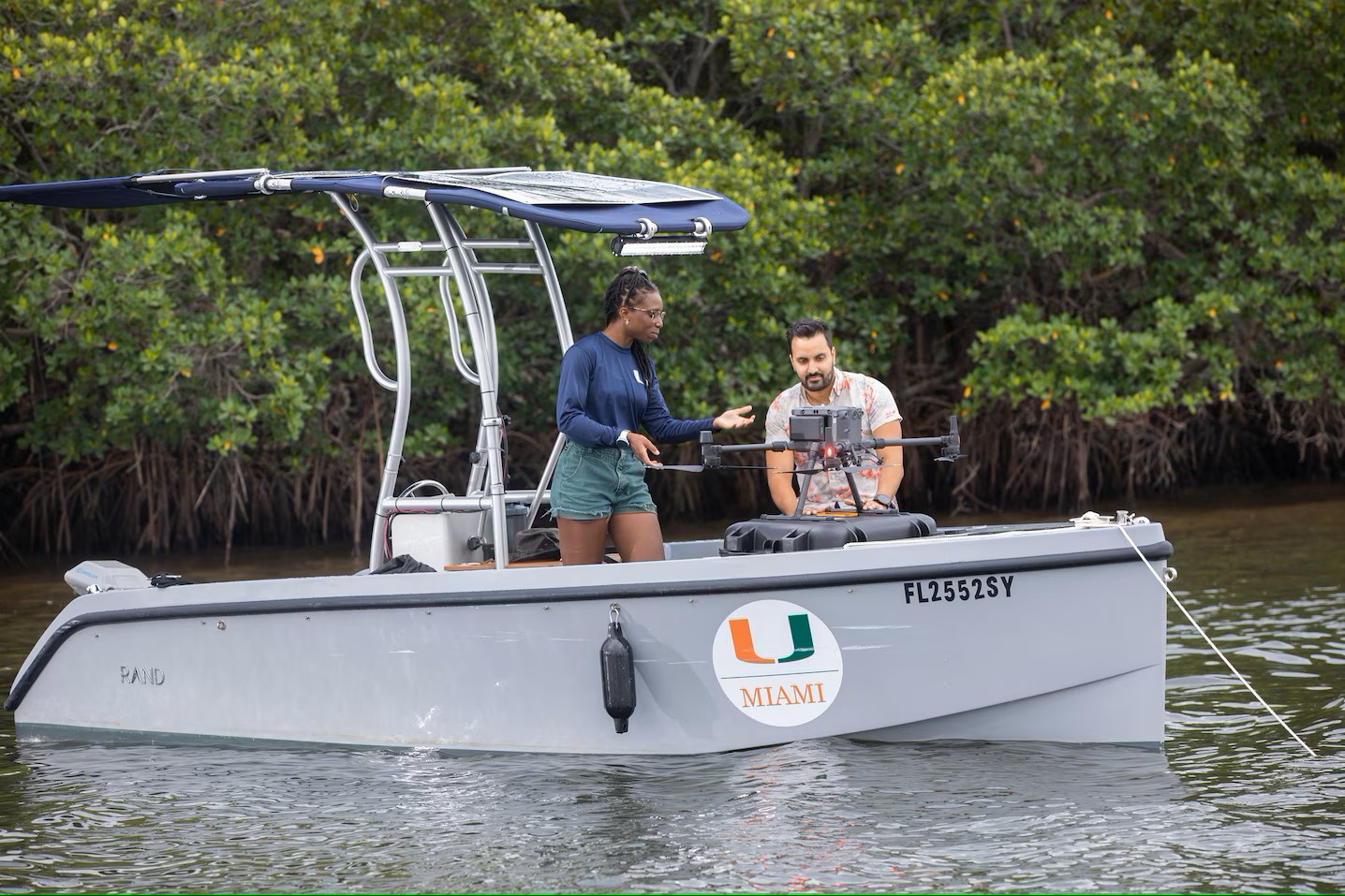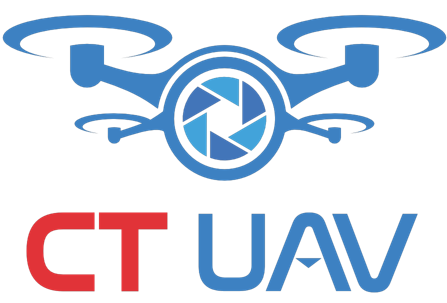About a decade ago, Ved Chirayath discovered that over 90% of the ocean floor on our planet remained unexplored. This realization astonished him, especially when compared to the detailed maps of Mars and the Moon he had encountered as a student studying celestial observation technologies. Determined to address this disparity, Chirayath adopted space-based methodologies to map the oceans, firmly believing that foundational maps are essential for the preservation of marine environments.
Drones: Cutting-Edge Tools for Ocean Exploration
Collecting oceanic data has always posed significant challenges. Traditional technologies like sonar offer low-resolution outputs, while satellites struggle to penetrate deep water layers and are often hampered by ocean surface waves. To overcome these limitations, Chirayath and his research team integrated drone technology with specialized digital cameras, advanced software capable of “seeing” through water, and MiDAR—a light-intensifying imaging technology. This innovative combination has unlocked unprecedented capabilities for collecting highly accurate and detailed oceanic data.

Precision Mapping of Ocean Floors to the Centimeter Scale
Equipped with cutting-edge drone technologies, Chirayath’s team has successfully mapped seabed features with centimeter-level precision, even in remote locations like Guam. Since 2020, the project has engaged citizen scientists through the video game, where players identify coral reefs in a virtual ocean reconstructed from collected imagery. These contributions not only advance current research but also train supercomputers to generate global coral reef maps in the future.

Harnessing Technology for Ocean Conservation and Marine Ecology
The integration of drones with advanced technologies marks a transformative step in exploring and safeguarding the oceans. Drones, with their unparalleled accessibility and efficiency, provide granular insights into underwater ecosystems and seabed structures while minimizing the environmental footprint compared to traditional methods. As a result, drones are emerging as indispensable tools in the global effort to protect the oceans.
By leveraging innovative solutions, such as those spearheaded by Chirayath, humanity can better understand marine environments and adopt data-driven strategies to conserve the ocean’s rich biodiversity.
Cre: National Geographic
